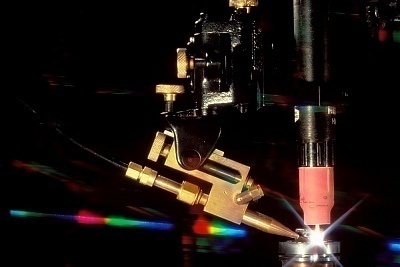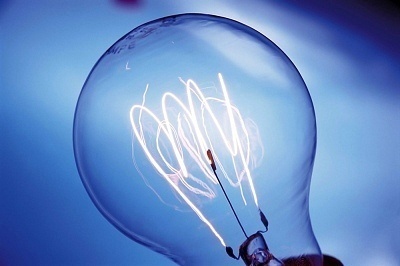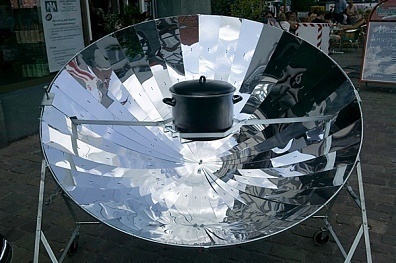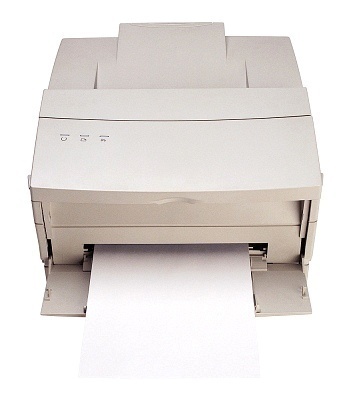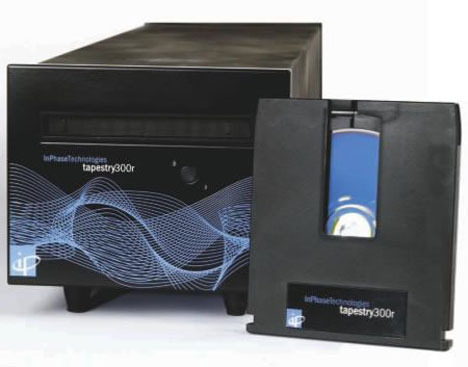What is Electroluminescence?
Electroluminescence is the phenomenon where a material emits light when electricity is passed through it. It is one of the greatest discoveries of the twentieth century and other forms of luminescence, including incandescence, chemiluminescence, cathodoluminescence, triboluminescence, and photoluminescence rival it. Electroluminescence generally involves a material producing light without producing heat. It is different from black …


